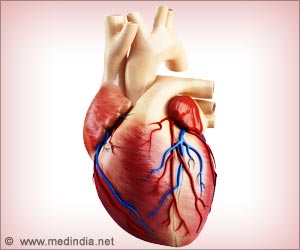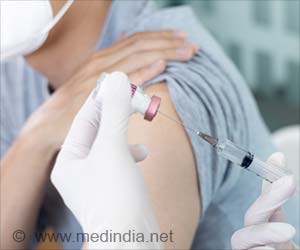The patented technology now enables scientists to perform experiments on human heart tissue in the lab.

- An artificial beating human heart was brought to life through stem cell samples in a laboratory.
- The samples grown are not full size and measure about a centimeter long and millimeter wide, and was created to help study disease, investigate heart repair, and test new drugs.
- The reason behind using stem cells is that they can repair, and regenerate themselves.
“Our goal is to use this model to potentially find new therapeutic targets to enhance or induce cardiac regeneration in people with heart failure,” he said.
“Studying regeneration of these damaged, immature cells will enable us to figure out the biochemical events behind this process. Hopefully we can determine how to replicate this process in adult hearts for cardiovascular patients,” said Hudson.
Heart Foundation Queensland CEO Stephen Vines said, “Heart attack survivors who have had permanent damage to their heart tissue are essentially trying to live on half an engine. The research will help unlock the key to regenerating damaged heart tissue, which will have a huge impact on the quality of life for heart attack survivors.”
Scientists from Stanford University have said that the muscle cells from stem cells express the same genes as adult heart cells, which make them ideal for testing drugs that could lead to heart damage.
- Some drugs used for medical conditions other than for the heart could affect the heart, which makes it highly risky to use them. These drugs can be tested on the heart muscle cells to ensure that the drugs are safe to use.
- More precise cardiac medications can be designed as the effect of the drugs on the heart muscles can be determined.















